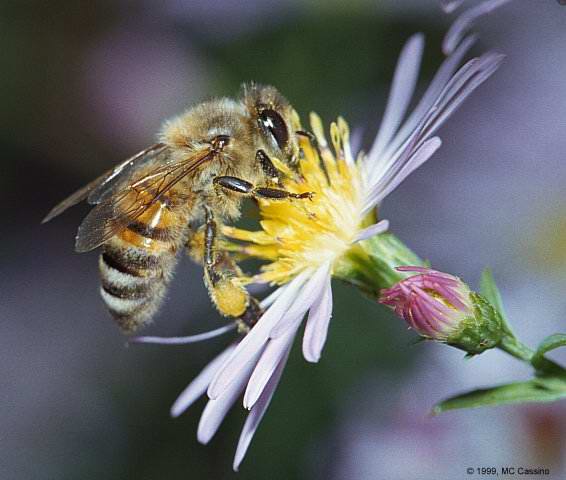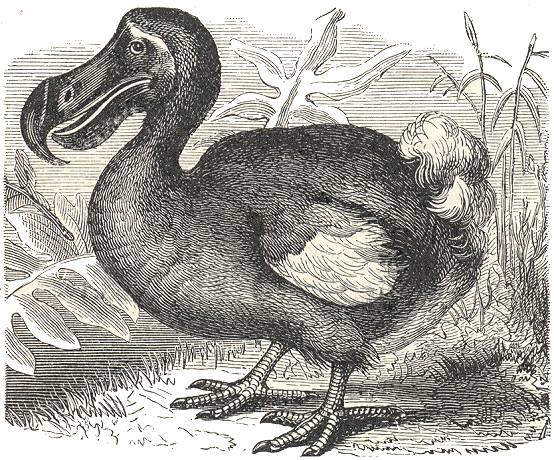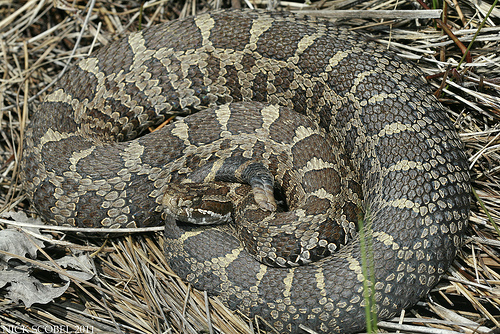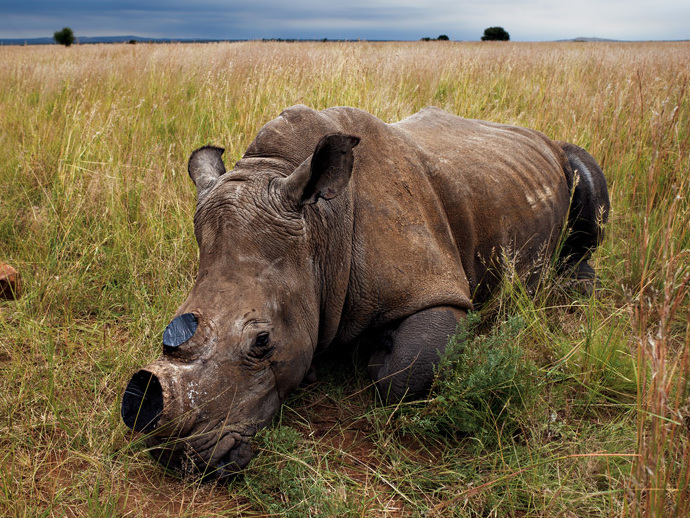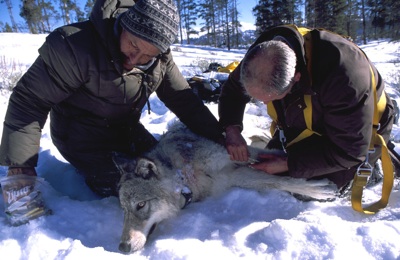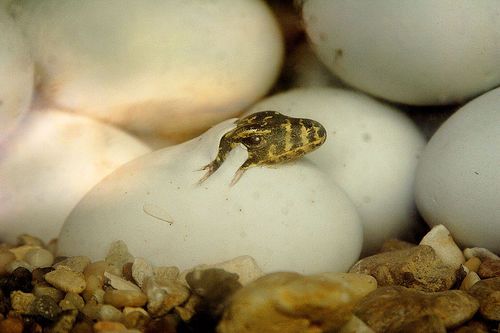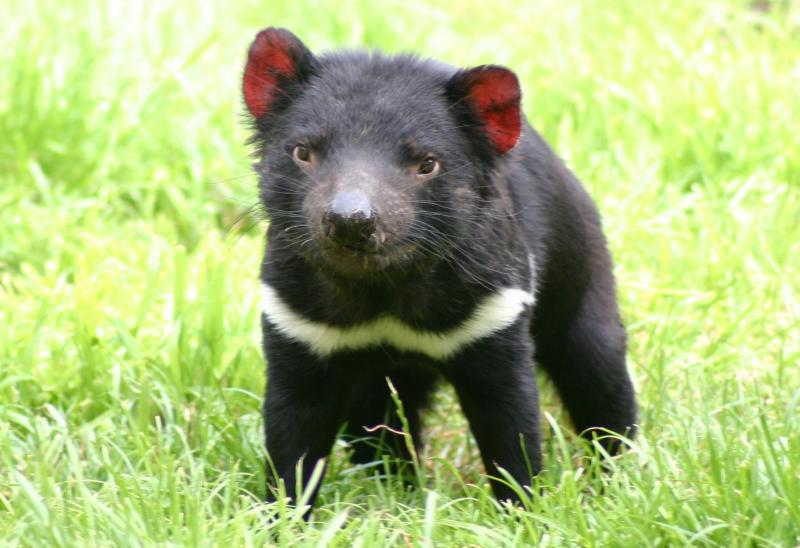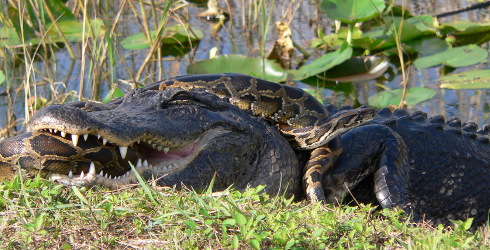New WVU Student Group Supports Chimp Haven Animal Awareness and Conservation, a new student group at West Virginia University, is turning its organizational interests into action with its first major service activity. Students from the group will be collecting items for Chimp Haven, the National Chimpanzee Sanctuary in Caddo Parish, La. It’s an independent, nonprofit organization whose mission is to provide lifetime care for chimpanzees that have been retired from medical research, the entertainment industry or are no longer wanted as pets. “We chose Chimp Haven because of its non-profit status, its mission to provide a long term home for chimpanzees …
Dr. Tina Dow Inspires University Students to Help Wildlife

